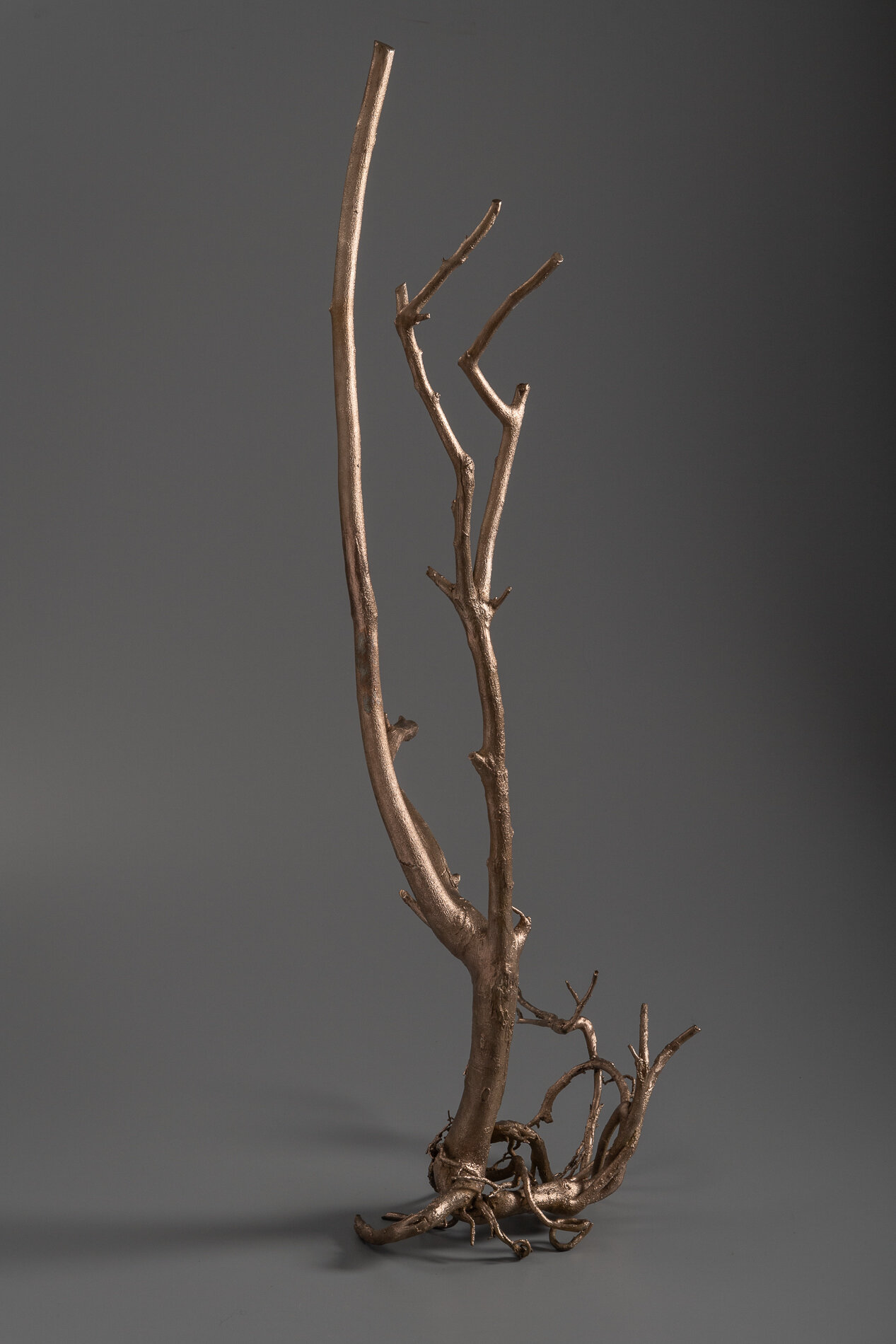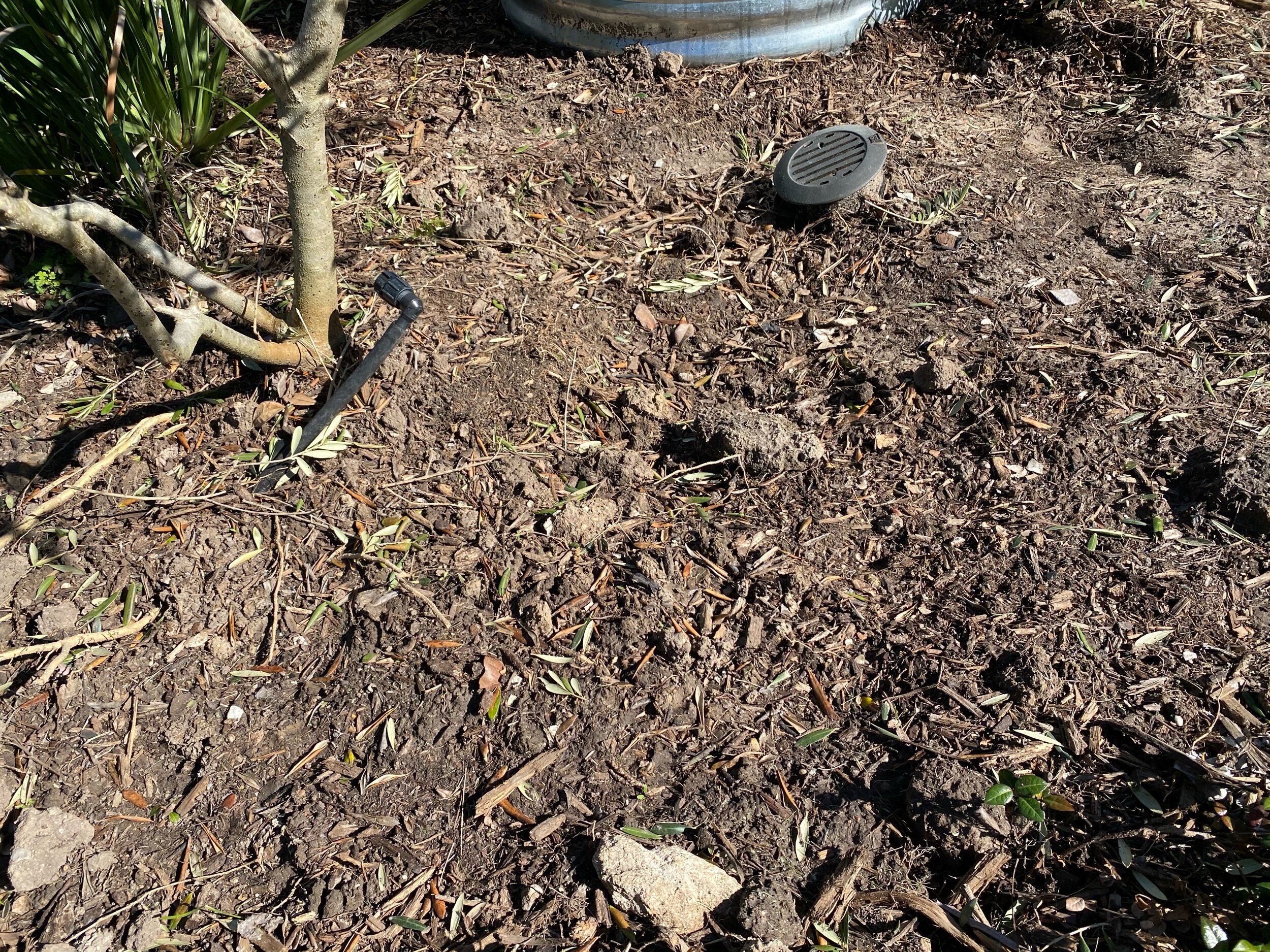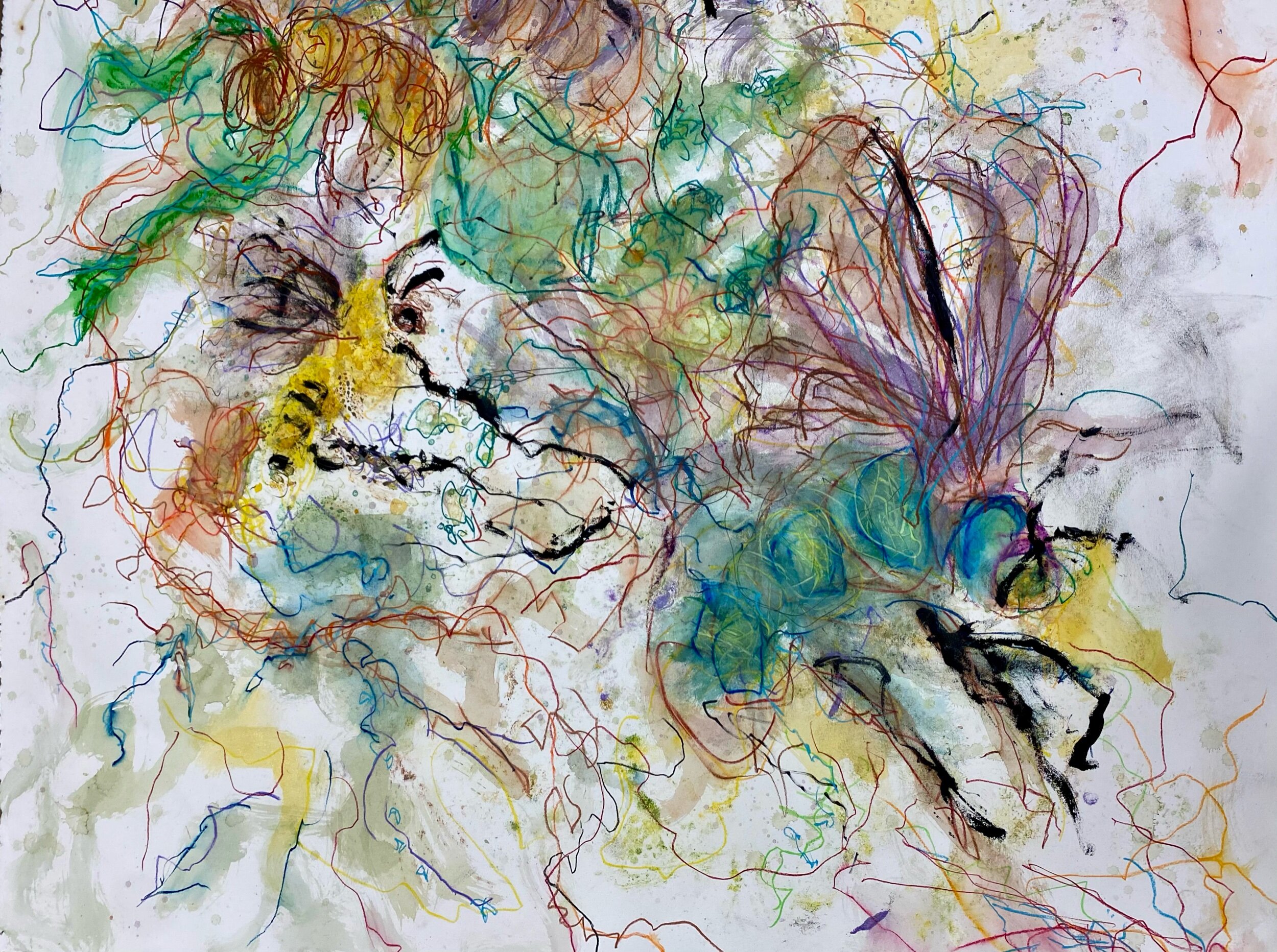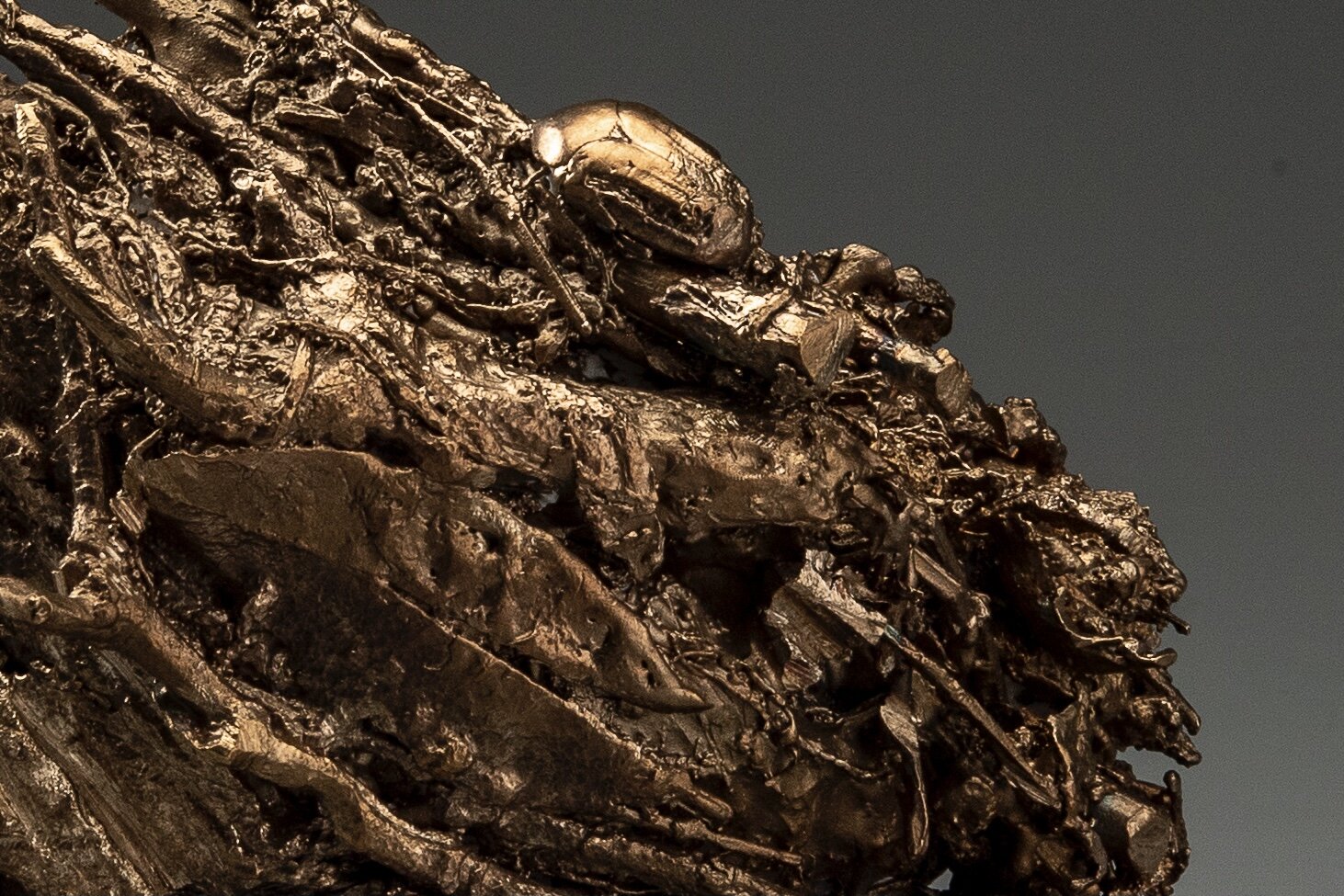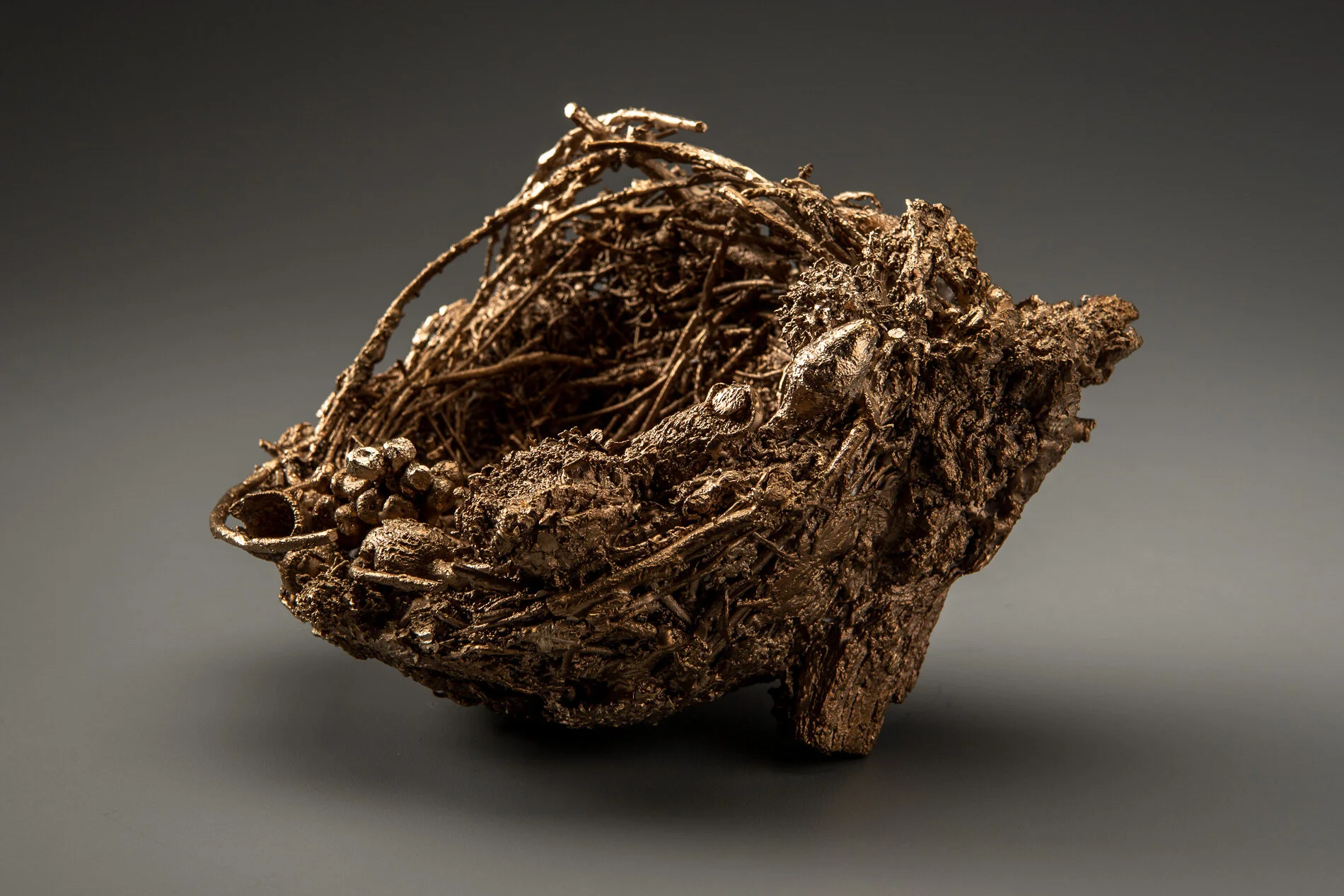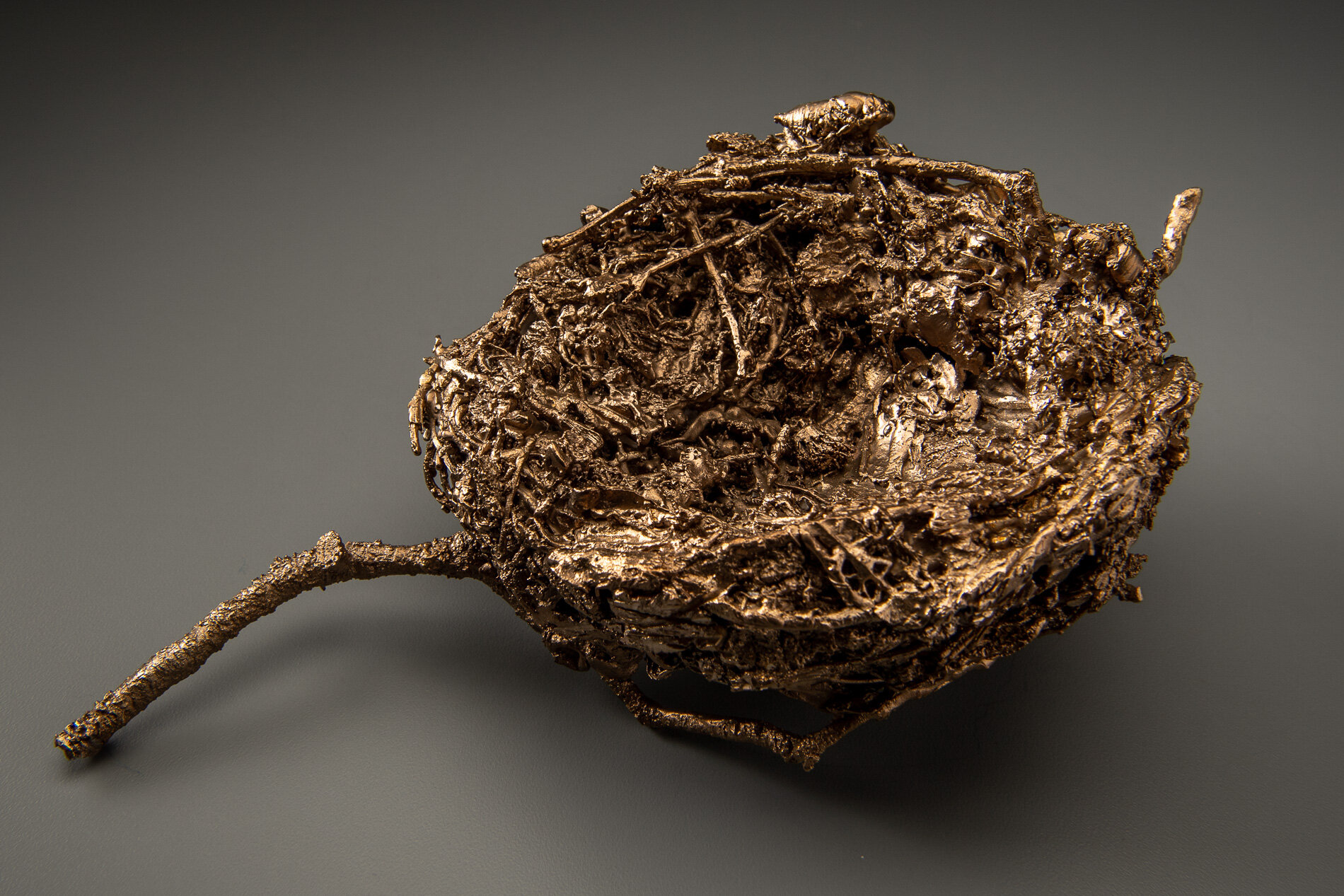I have had a few casual discussions with Stephanie about these ideas in the past, however other opportunities came my way, and frankly, I dropped the ball.
During the first COVID 19 quarantine, Lawndale Art Center reached out to me regarding their sculpture garden. They were interested to know if I would assist them with some weeding in their newly landscaped sculpture garden, I often volunteer there. When I heard the words, “newly landscaped sculpture garden,” my heart fell to the ground. I had blown it, I missed the best art venue opportunity to create a piece that looks at urban landscape as a found object. I was crushed, disappointed and angry at myself. I decided to focus on my Endangered Knowledge: The Soul of Humus, a piece I am creating for Sculpture Month Houston. In turning Lawndale down I sent them a copy of the proposal I made to SMH. A few days later I remember thinking to myself, “well you blew that opportunity, you will never get a show at Lawndale now.” A few weeks after that— they called me back and asked me to meet them at the sculpture garden. Masked I met with Stephanie and Emily and they asked me to do a site-specific environmental piece in the newly relandscaped garden. It was the last thing I expected—A dream come true was not in my mind of possible COVID19 realities. We also discussed their need for some happiness in the garden. The garden does not have any beneficials planted. Sympathetic to their need for some visual happiness I offered to plant a few flowers.
By this time it is unbearable—Houston—July—Hot.
What can you plant in July and have it not fry, if anything? I am not an experienced gardener I am an artist/activist and a citizen environmentalist—but my friend and past President of the Harris County Master Gardeners, artist, and curator is a very knowledgable gardener. A super busy Renassaince man, Will Isbell kindly offered to meet me on a Friday evening at the garden to see if there was anything I could plant that would not die in this July heat. There was not, but we did have a great talk.
We both saw the existing garden in the same way a missed opportunity for an environmental artist. And then it hit me. I suggested that I propose to Lawndale that the two of us do a project that takes the existing new traditional landscaped garden and use it as a found object to create a piece to activate change in Houston’s landscape. Will did not hesitate.
The question was how do I get them on board. They have already spent good money and the garden by any standards is beautifully done. One thing everyone knows about Lawndale, it is an art space for the voices of artists breaking boundaries and unearthing contemporary knowledge, nothing is too daring for Lawndale. They are the space in Houston to open minds. They were encouraging and interested in this new idea and wanted me to continue working on a concept for a solo environmental piece as well the piece with Will.
I am still num with these two opportunities and excited with the potential to instill hope and heal the environment.
Lawndale announced the project Will and I are doing together last week. Below is the proposal for the work. I wrote it in early July, as I read the opening paragraph today, with California on fire, and Houston flooding again I am taken back by how much the world has changed since I wrote it.— and not in a good way.
Lawndale Sculpture Garden Proposal
Cindee Travis Klement and William Isbell
What is to be gained in the year 2020, the year of perfect vision? In our largest cities, a tiny virus is killing our most vulnerable, crippling our strongest economies, forcing our families into food lines, and providing kindling for social reform protests. In the natural world tucked within our largest cities, this same tiny virus has improved the air that we breathe, returned fireflies to our summer nights, and allowed wildlife to inhabit our neighborhoods. The connection between the land, plants, mankind, and wildlife in urban environments has never been more evident.
What is to be gained in the COVID 19 moment of enlightenment: our eyes have opened to the state of our living systems, and we have discovered that unimaginable change is possible. We have seen that we cannot wait for the tests to tell us if we are sick. Without design, we have found an unprecedented moment, we have gained an opportunity to change.
SYMBIOSIS
As visual artists and art activists, we will connect soil health and the health of our city. We will create a living piece of site-specific art activism that will reimagine the urban landscape and answer the question — how do we holistically restore an ecological balance that can coexist in Houston with nature/ wildlife through sculpture and community involvement. We see the Mary E. Bawden Sculpture Garden's terrain with its manicured, status quo landscape as our found object. With ordinary tools, organic matter, with the help of the community, we will sculpt it into the armor that historically protected Houston’s geological epidermis and gave life to its keystone species — the Coastal Prairie ecosystem. The title of this found object sculpture is Symbiosis. Over time Symbiosis we will morph into not only a landscape but also a soundscape that changes kinetically with the seasons.
Lawndale’s Mary E. Bawden Sculpture Garden’s Symbiosis will be a catalyst for change. In addition, it will be functional as a contemporary art exhibition space, a piece of functional activist art as well as a healthy ecosystem/habitat: a sculpture garden that heals and honors the history of the land.
Physical Description of Piece
Once the parameters of the project more are specifically defined we will insert the specific plants, their ecological roll in the
design and define the work.
Environmental Impact
Soil scientists around the globe agree that solutions to global warming, soil erosion, water runoff, drought/flooding, loss of wildlife habitats, and species extinction are rooted in the treatment of our soil — the skin that covers our planet, which includes our residential and small business landscapes.
Restoring the native prairie vegetation increases soil absorption of water and slows floodwaters on land, decreasing water runoff. For every 1% increase per acre of biological organic material, the soil can hold an additional 20,000 gallons of water. Given Houston’s extreme building practices and concrete hardscaping, reimagining the landscapes within Houston's 600 square miles of real estate can significantly impact the region's flooding. In addition, the roots of vegetation in a coastal prairie can extend from eight to fourteen feet deep; these roots sequester and store carbon like an upside-down rainforest, cleaning our air.
Value of Location
Change can happen at lightning speed when innovation is coupled with imitation.
The current state of Lawndale's sculpture garden provides the perfect opportunity to break the mindless conformity that dominates Houston's urban gardens/yards. The sculpture garden has the feel of a perfectly manicured, traditional front yard, making its size and plant selections relatable to the general public.
With the Houston Arboretum transformations, Katy Prairie Conservancy, Buffalo Bayou, and the new Memorial Park renovation, Houstonians have awakened to the importance of native Coastal Prairie landscaping; however, those sites are enormous tracts of land. It isn't easy to visualize those landscapes outside the parks. This permanent and living metamorphosis of Lawndale’s Symbiosis will provide the 2020 vision of transformation by imitation for yards throughout Houston. It will shift mindsets by prompting Houstonians to question Houston’s urban landscaping and imagine a holistic Houston that protects the environment by balancing human, natural and economic systems.
Value for Lawndale Art Center
An art institution that looks at its community holistically to include not just a monoculture of humans but also beneficial plants, animals, and micro-organisms will be groundbreaking. Symbiosis will cultivate a medley of life that historically has defined the place, has impacted its economy and attracted its people. Lawndale’s Symbiosis will leverage this endangered knowledge with a living site-specific art installation that provides the artistic vision that changes hearts and minds. It will connect the history of the land to contemporary art. Using additive and subtractive sculpting techniques and nature the Symbiosis of the Mary E. Bawden sculpture garden will become a living love letter from our past to our future.
Ecological impact of Houston
With 2.3 million people living on a footprint of 600 square miles, close to the Gulf of Mexico, located along the migratory bird pathway, Houston is an urban wildlife sanctuary.
Changing Houston's ecology will profoundly impact our oceans, human life, wildlife, and microbial environmental health. Let’s not miss this unprecedented opportunity and heal the skin of the planet and our people.
Installation Process
The beauty of this piece is to have it be a catalyst for inspiring homeowners and businesses to imitate the change and heal their landscapes too. We will Involve the community to take on an active role in the transformation. Installation of the piece will engage and educate the community in ways to be defined after specifics of the piece are worked out.







